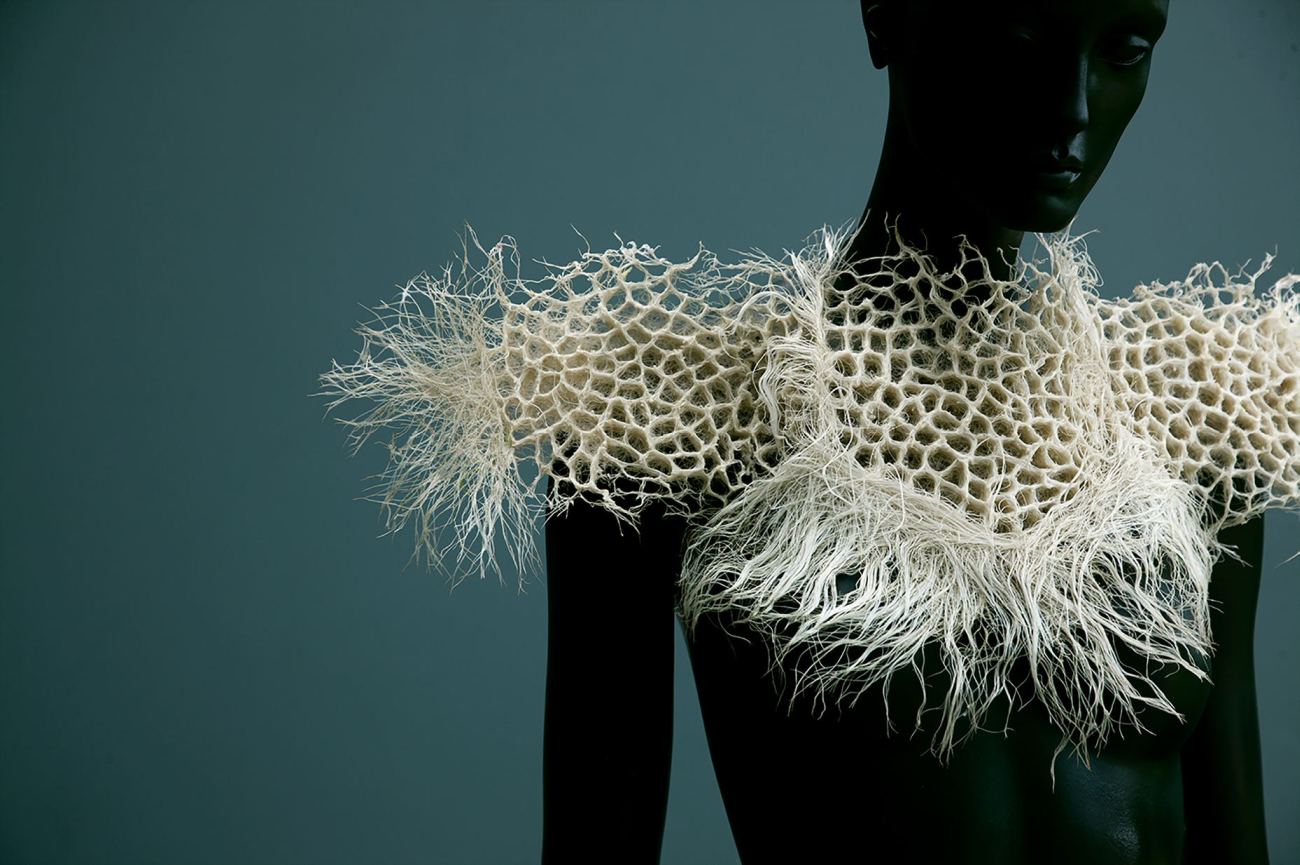
What If We Could Grow Clothes From Seeds?
The self-taught photographer, Zena Holloway, came up with a method, which pioneers not only the world of art, fashion but also discourse on global warmings and pollution’s impact on our oceans. Luxiders introduces you to clothes made from seeds.
Zena Holloway is a British self-taught photographer. She is fascinated by the ocean environment and specialized in creating experimental underwater pictures that render our complex and subconscious relations to oceans, lakes, and waterways tangible. Zena Holloway’s work made her experience first-hand the impact of global warming and human pollution on marine life and coral reefs, which made her come up with a unique concept.


WHAT IF WE COULD GROW CLOTHES FROM SEEDS?
… is exactly what Zena Holloway asked herself 3 years ago and caused her eventually to come up with an amazing method. The process starts by placing tiny, globally available wheatgrass seeds in moulds carved from beeswax. The seeds do not require any soil as they contain all necessary nutrients a plant will need in its first 2 weeks. Subsequently, seeds are watered, whereby run-off water is captured to keep water consumption low. The roots will grow up to 20 cm in two weeks. The roots can be formed into different shapes and even 3D figures. After they are harvested, they dry within 24 hours and become as light as a feather but firm enough to support their own weight.

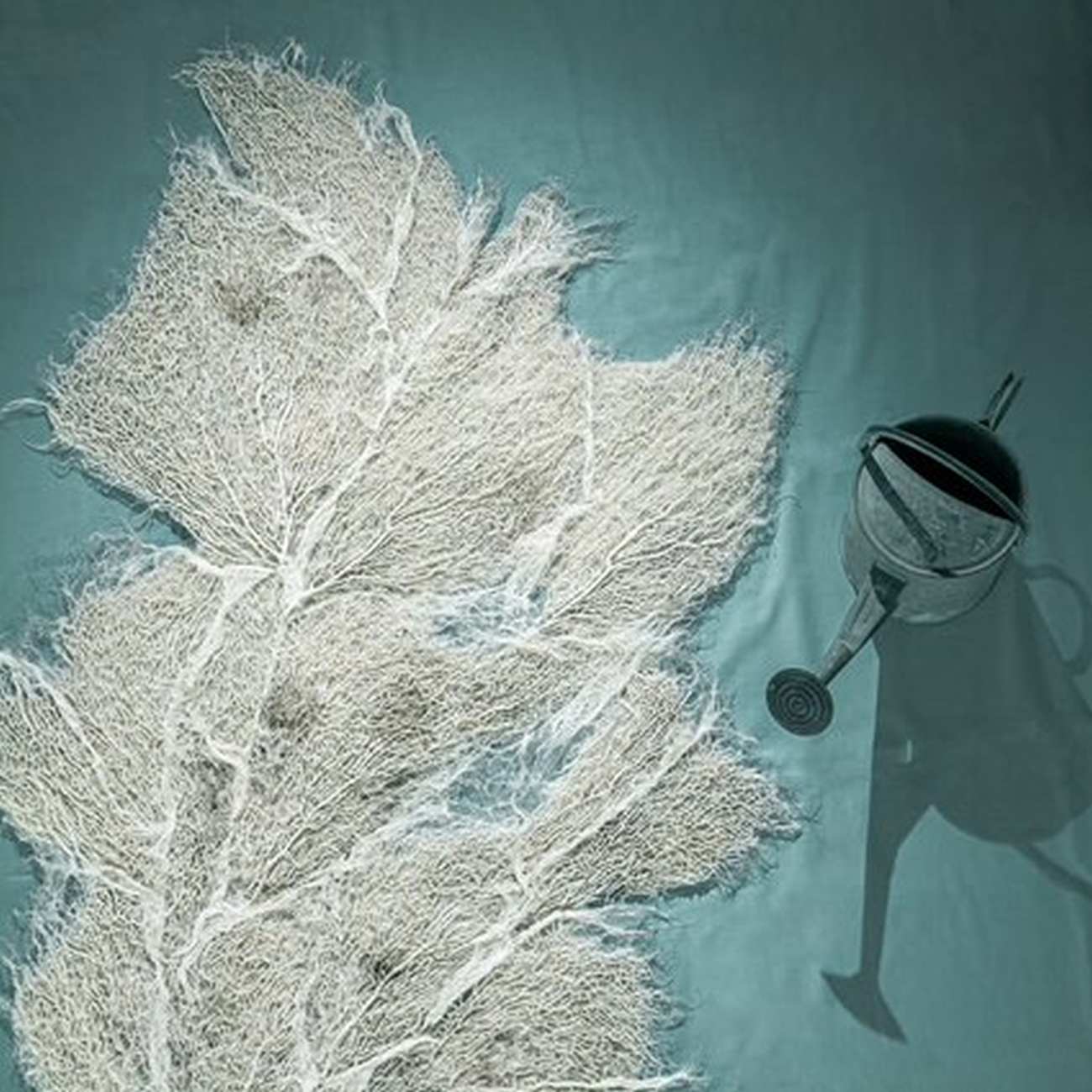
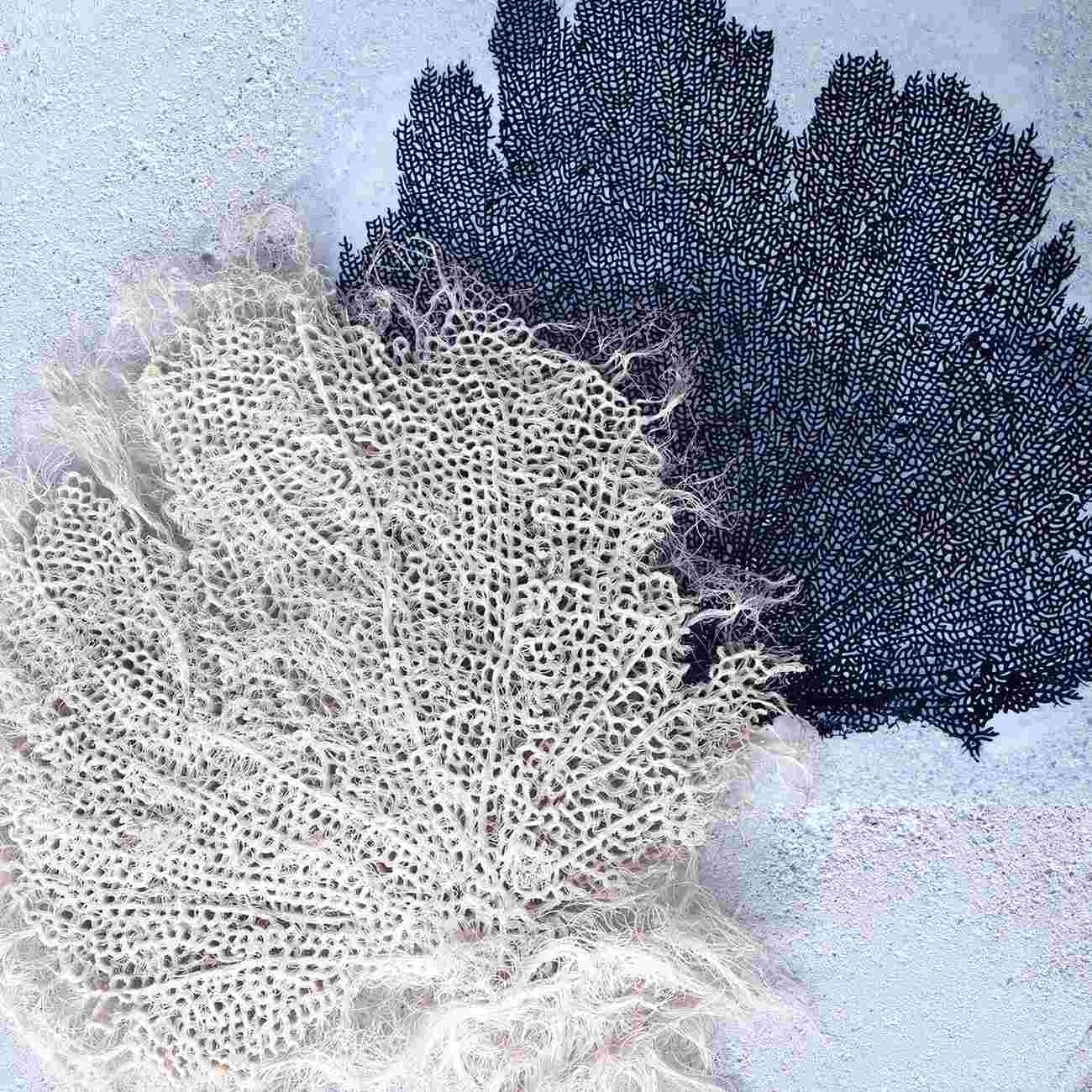
Zena Holloway used this method to craft garments, which revealed a whole new realm of possibilities. The fashion industry accounts currently for 10% of all carbon emissions and a vast amount of pollution. However, clothes made from grassroots are 100% natural, bio-degradable, carbon-negative and certainly aesthetically pleasing.
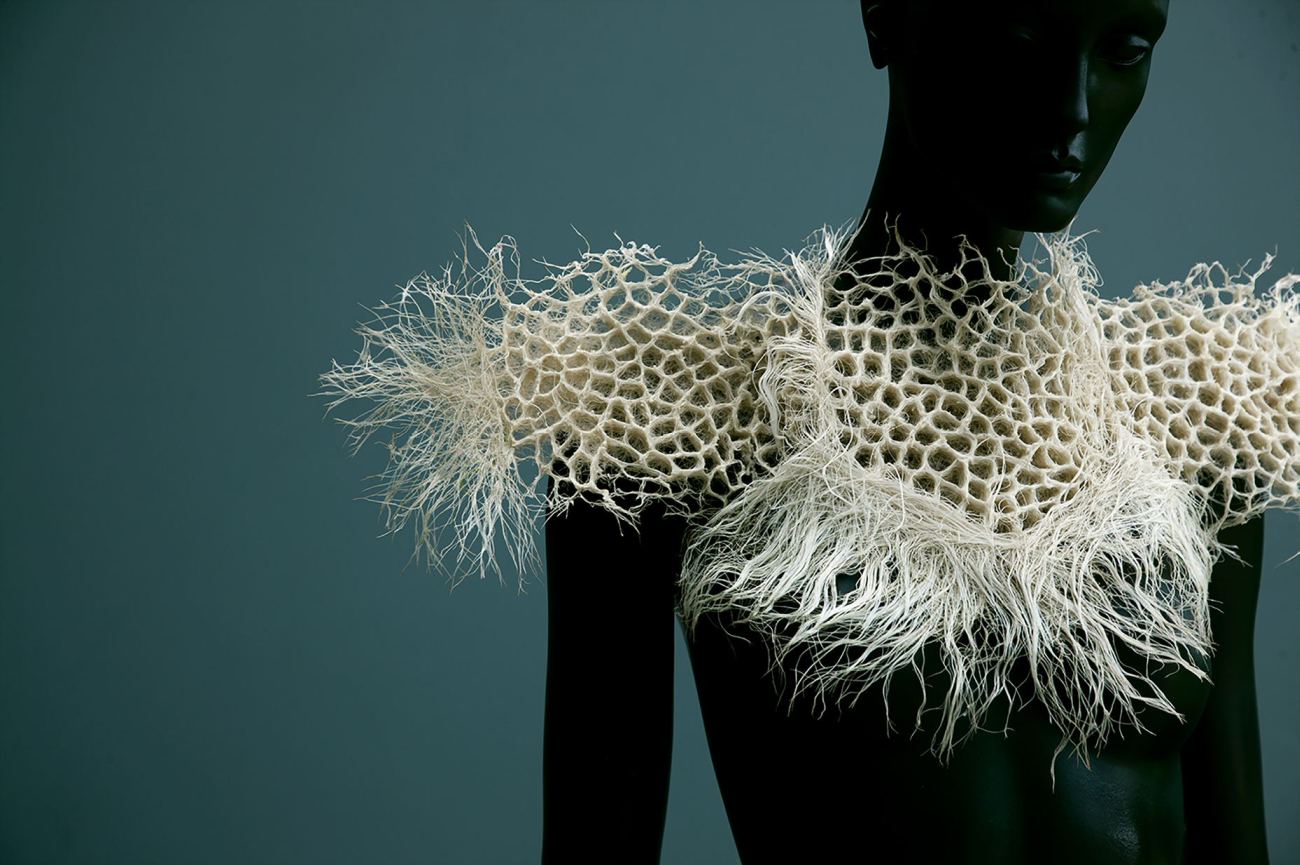
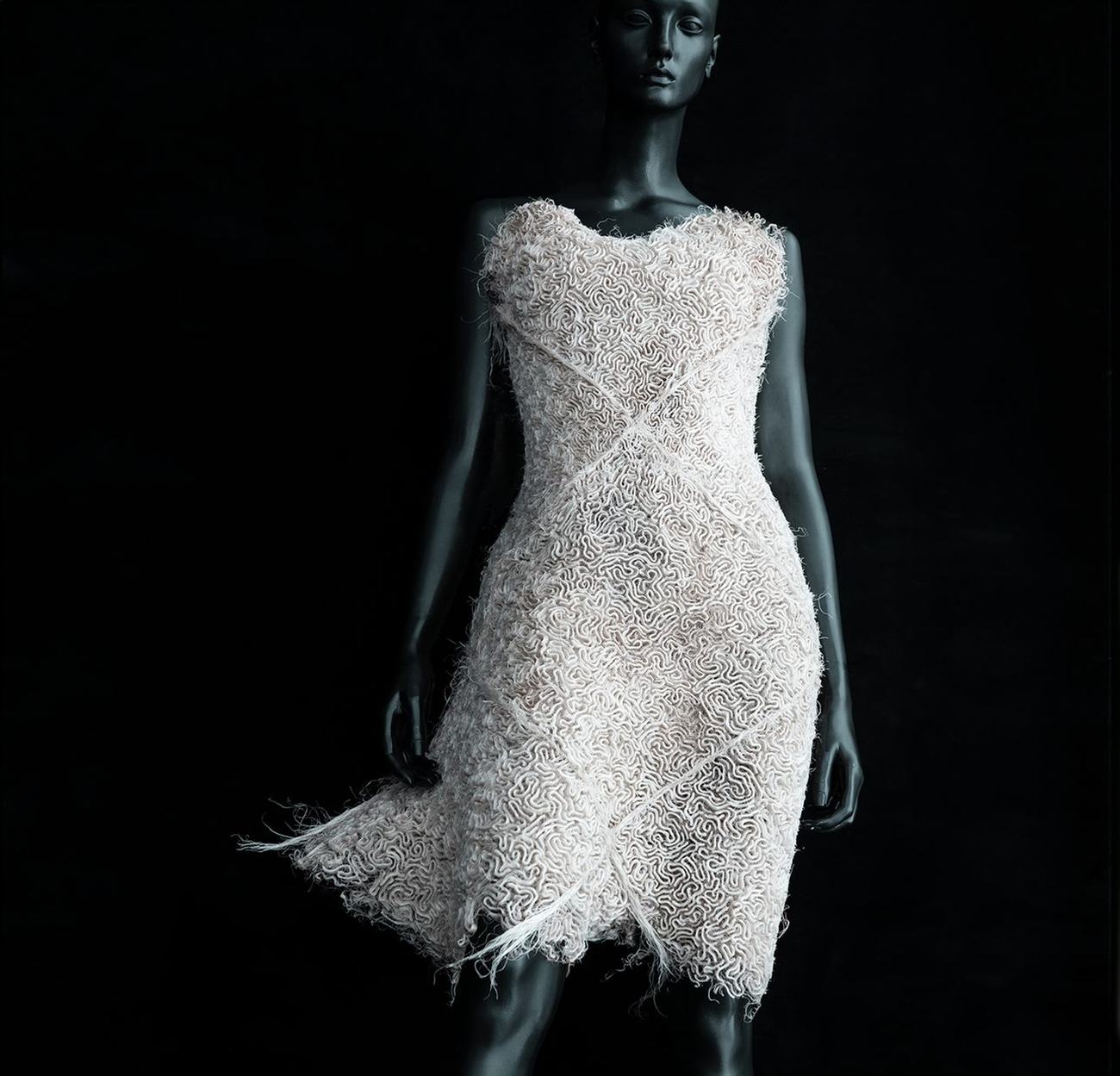
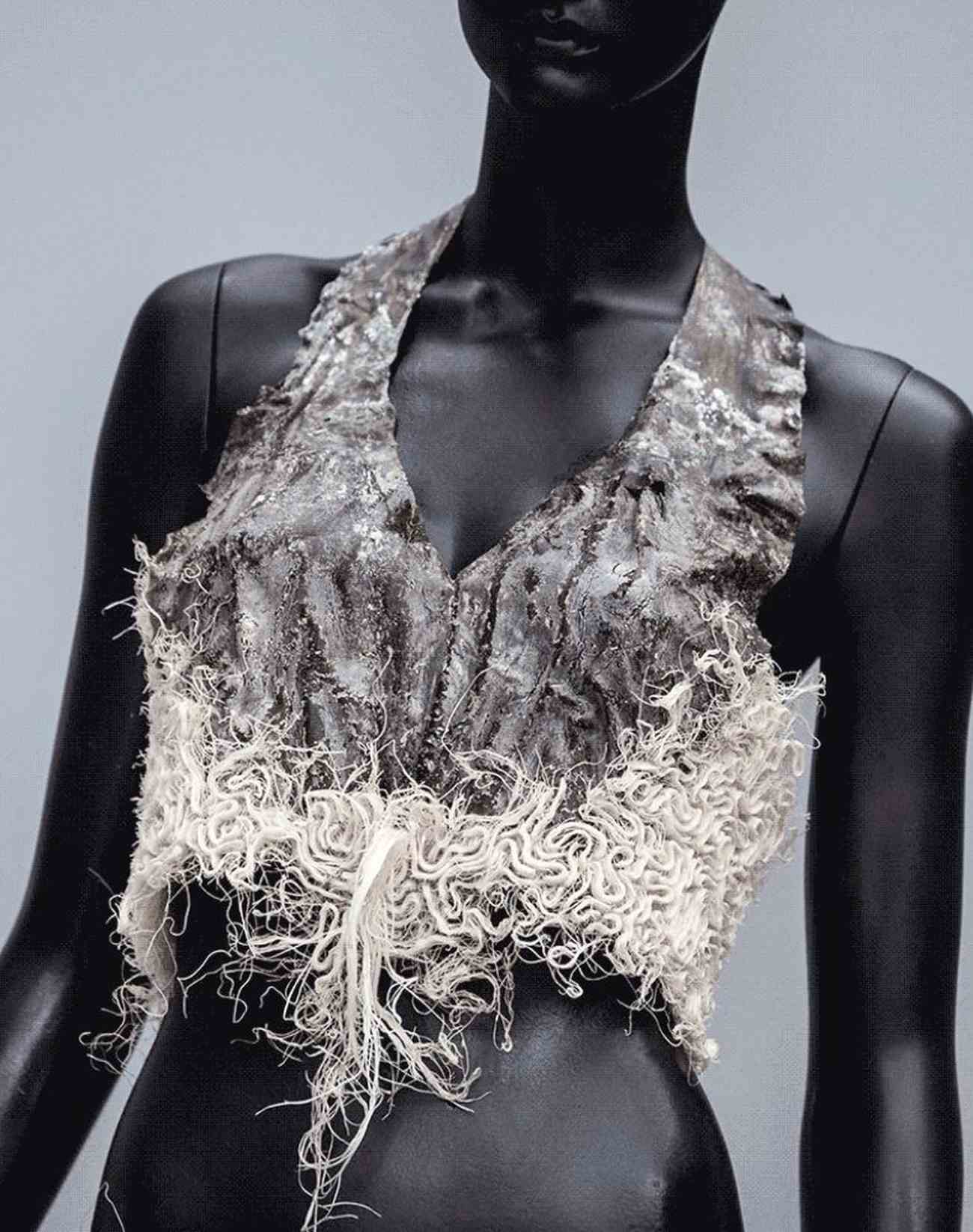
Next to clothing, Zena Holloway used her method to create sculptures that expose corals fragile beauty. In fact, she planted roots purposefully in moulds that resemble coral structures to emphasise the similar function of roots and coral reefs: Namely the nourishment and sustainment of living creatures. Ultimately her method aims at triggering discourse on the health of our oceans and to draw attention to bleaching events, which are the main reasons for coral reef depletion.
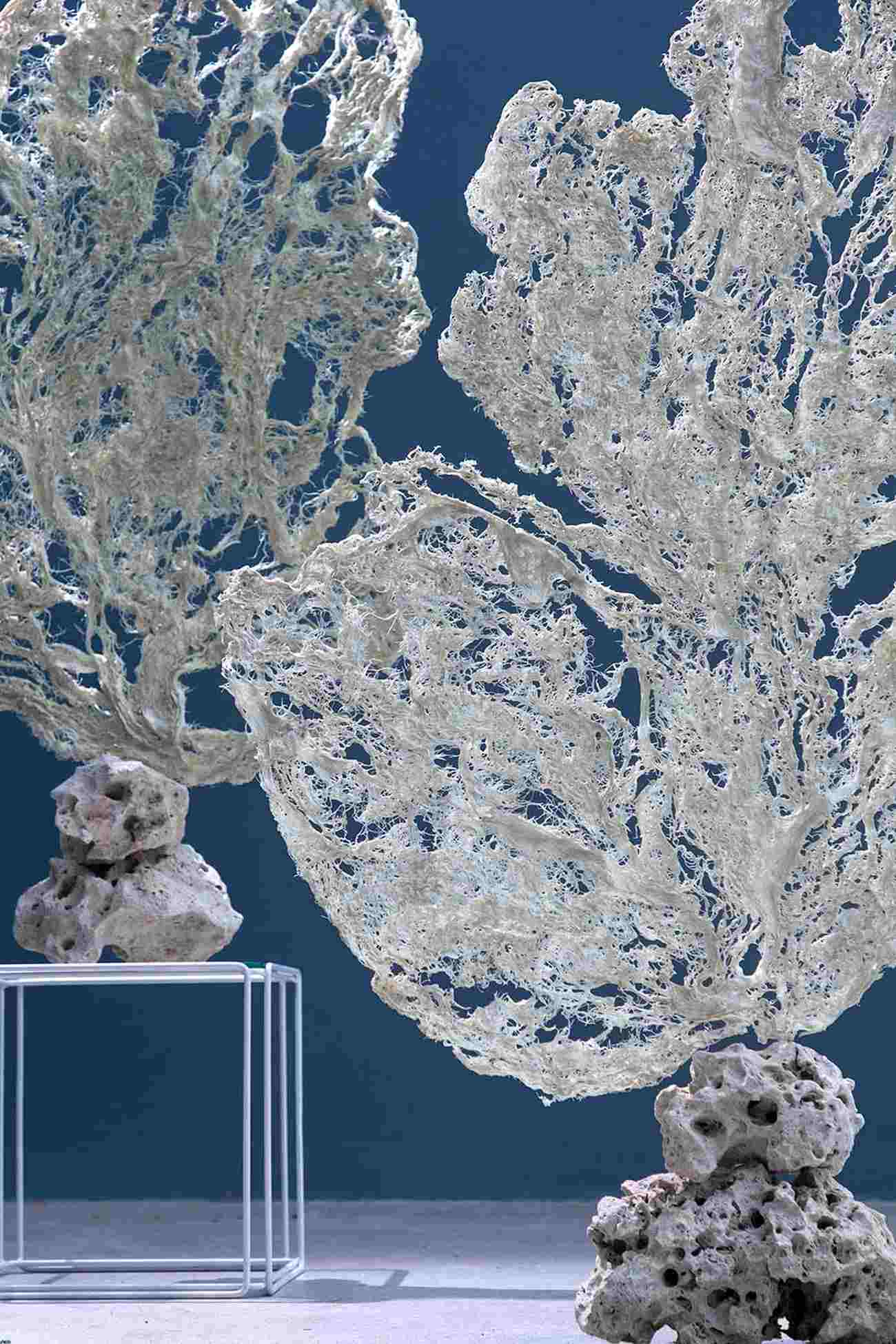

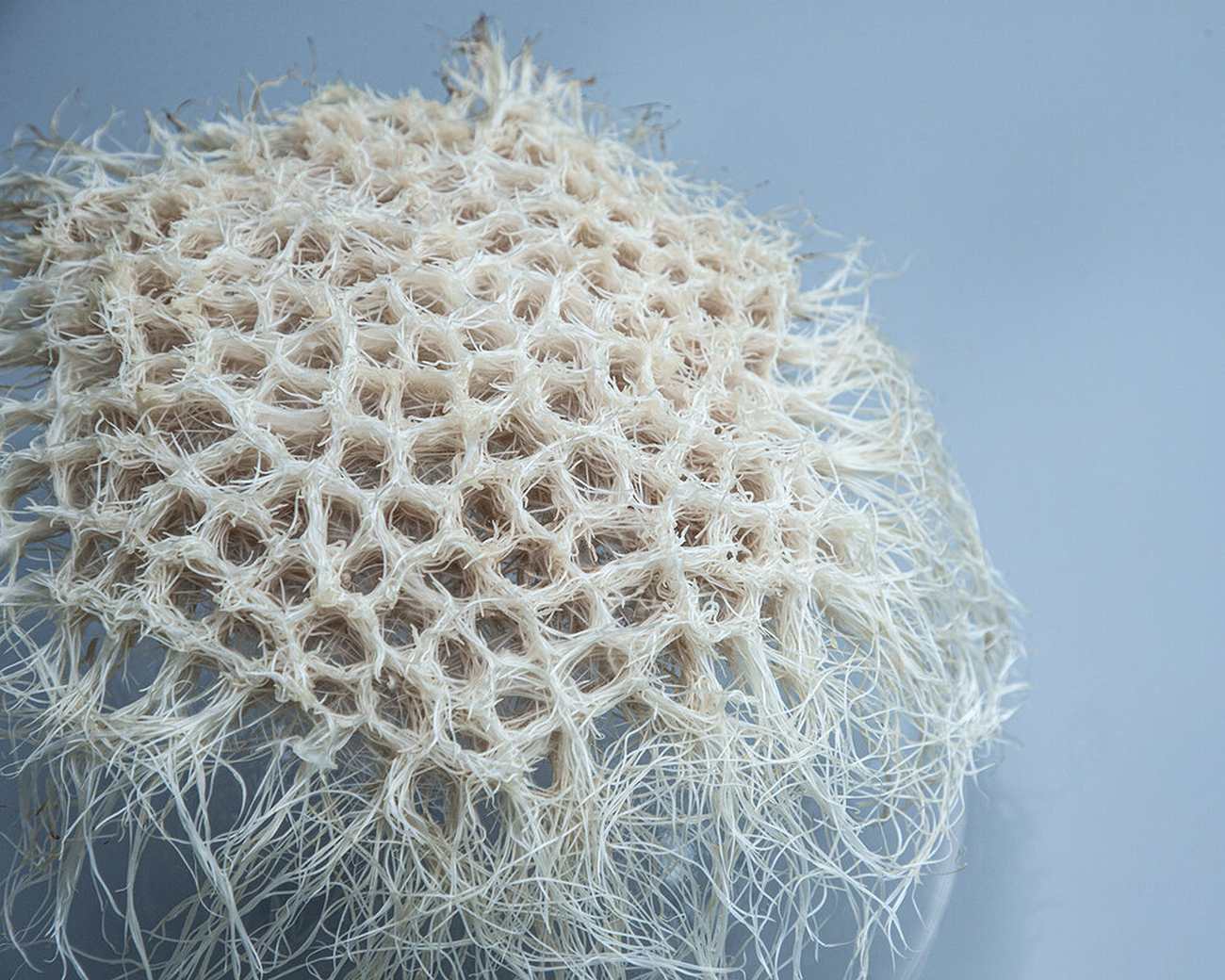

Photo Credits : Zena Holloway
+ Words:
Lissy Reichenbach
Luxiders Magazine








